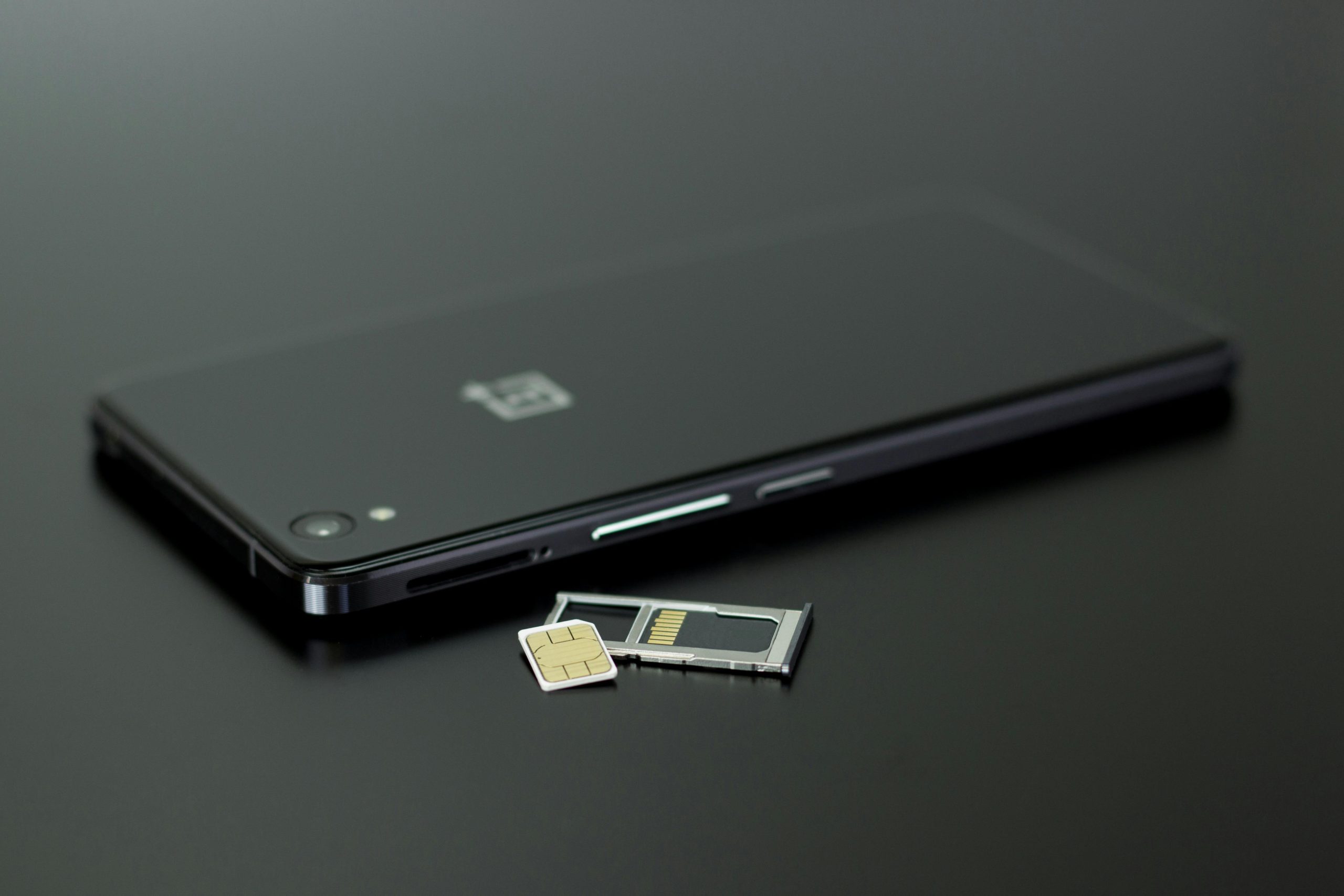In today’s digital world, your phone number is more than just a way to call or text — it’s often a key to your entire online identity. And that’s exactly why scammers want to steal it.
Welcome to the world of SIM swap fraud, where cybercriminals hijack your mobile number, bypass your two-factor authentication (2FA), and gain access to your bank, email, and crypto accounts — all within minutes.
At Fast-Recover, we’ve helped many victims understand what happened, secure their accounts, and even recover stolen funds. Let’s break down how this scam works and what you can do to stay safe.
📲 What Is SIM Swap Fraud?
SIM swap fraud (also known as SIM hijacking or port-out fraud) is a type of identity theft where a scammer tricks your mobile carrier into transferring your phone number to a SIM card they control.
Once they gain control of your number, they receive all your calls, texts, and most importantly, your 2FA verification codes. That means they can access:
- Bank and fintech accounts
- Cryptocurrency wallets
- Email and cloud services
- Social media accounts
All without needing your passwords — just your phone number.
🧠 How Does It Work?
Here’s how a typical SIM swap scam happens:
1. They Gather Personal Info
Scammers collect your full name, phone number, birthdate, address — and sometimes even ID photos. They get this via:
- Phishing emails or fake login pages
- Data leaks and dark web purchases
- Social media snooping
- Impersonating your mobile provider
2. They Contact Your Mobile Provider
Using the information they’ve gathered, they impersonate you and contact your carrier. They claim their phone was lost or stolen and ask to activate your number on a “new device.”
Sometimes, they even bribe or trick telecom employees to approve the switch.
3. Your Phone Loses Service
Suddenly, your phone shows “No Signal” or “Emergency Calls Only”. That’s a red flag. The attacker now receives your calls and SMS messages.
4. They Access Your Accounts
With control of your number, they reset your passwords using 2FA texts. They can now break into your email, crypto wallet, online banking, or investment platform and start draining your assets.
💸 Real-Life Horror Story
One Fast-Recover client had over $80,000 in cryptocurrency stolen in just one hour.
All the attacker needed was a phone number — the rest of the account recovery process was automatic, thanks to SMS-based security. The client didn’t even know what had happened until it was too late.
🚨 Warning Signs Your Number Has Been Swapped
- You suddenly lose service or can’t make calls/texts
- You receive 2FA codes you didn’t request
- Your email or bank alerts you to password changes
- Friends or colleagues say you’re texting them strange messages
- Your phone starts acting weird or logs you out of apps
If this happens, act fast.
🛡️ How to Protect Yourself from SIM Swap Fraud
1. Use App-Based 2FA
Instead of using SMS for authentication, use apps like Google Authenticator, Authy, or Microsoft Authenticator. These are not linked to your SIM card.
2. Set a PIN or Password on Your Mobile Account
Contact your carrier and ask to add a porting PIN. This adds another layer of identity verification before your number can be moved.
3. Limit Personal Info Online
The less information scammers can find about you, the harder it is to impersonate you. Avoid oversharing birthdays, addresses, or full names on social platforms.
4. Use Unique Passwords and a Password Manager
If your email or phone number is compromised, strong and unique passwords can still protect the rest of your accounts.
5. Monitor Your Phone and Accounts
Be alert to strange activity, especially unexplained logouts, sudden lack of signal, or unrequested verification codes.
🔁 What to Do If You’ve Been SIM Swapped
- Immediately contact your mobile carrier and report the fraud. Ask to recover your number and freeze changes.
- Call your bank and other financial providers to freeze or secure your accounts.
- Check and reset passwords for your email, social media, and crypto wallets.
- Consider a credit freeze and report the fraud to your country’s consumer protection agency.
🆘 Need Help?
If you’ve fallen victim to a SIM swap scam, or want help securing your accounts and digital identity, Fast-Recover is here for you.
We specialize in account recovery, fund tracing, and scam response, especially for victims of online fraud and cryptocurrency theft.
📧 Contact us: info@fast-recover.com
🌐 Visit: www.fast-recover.com


